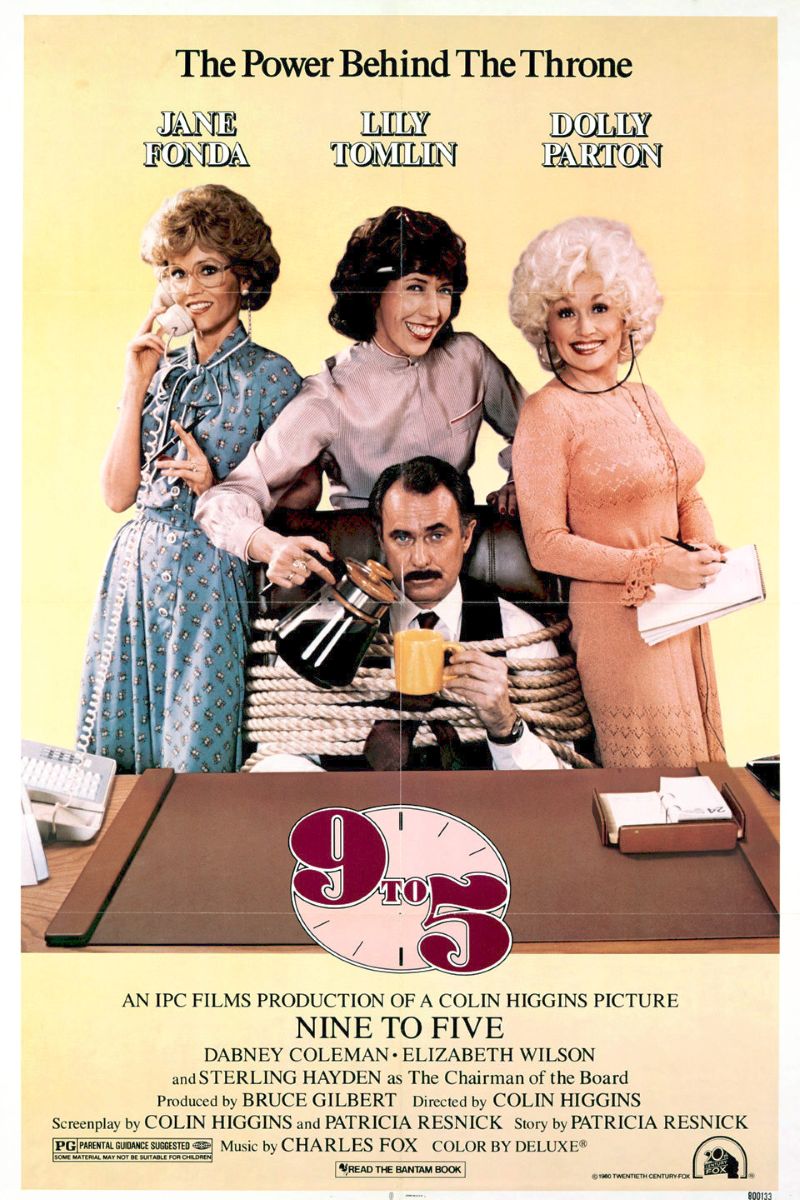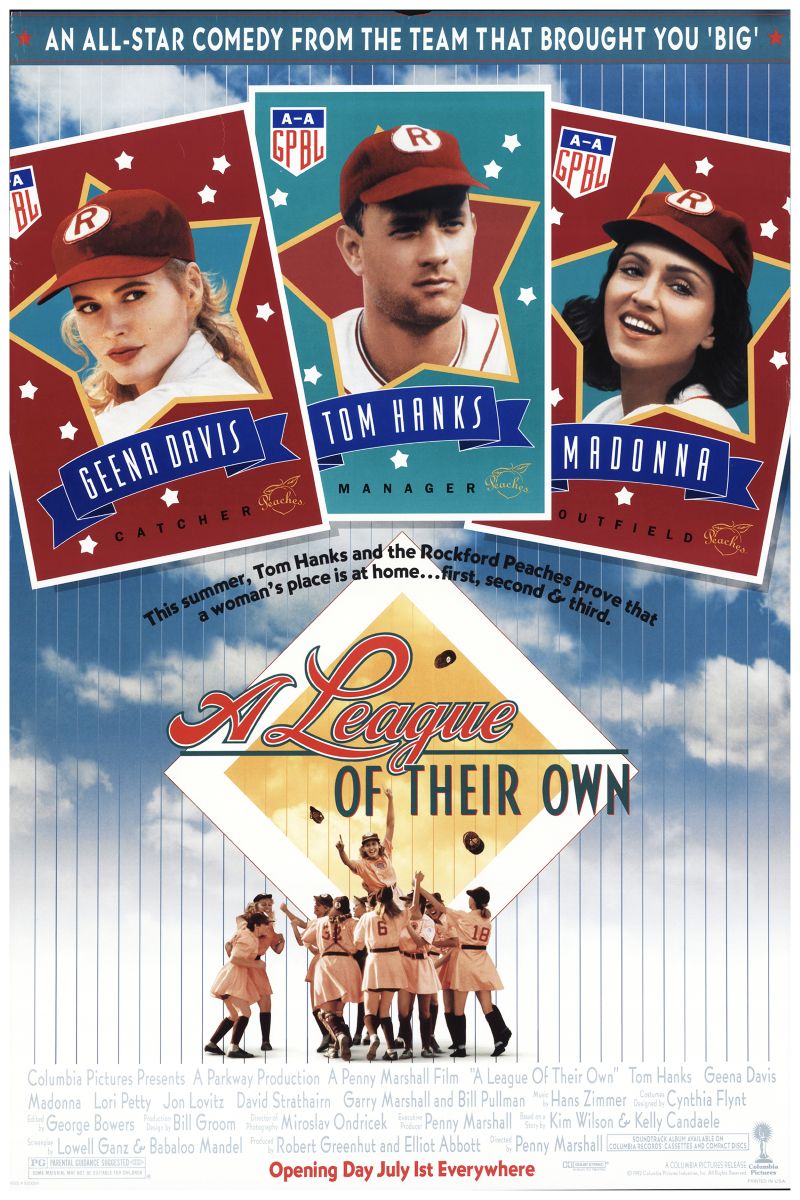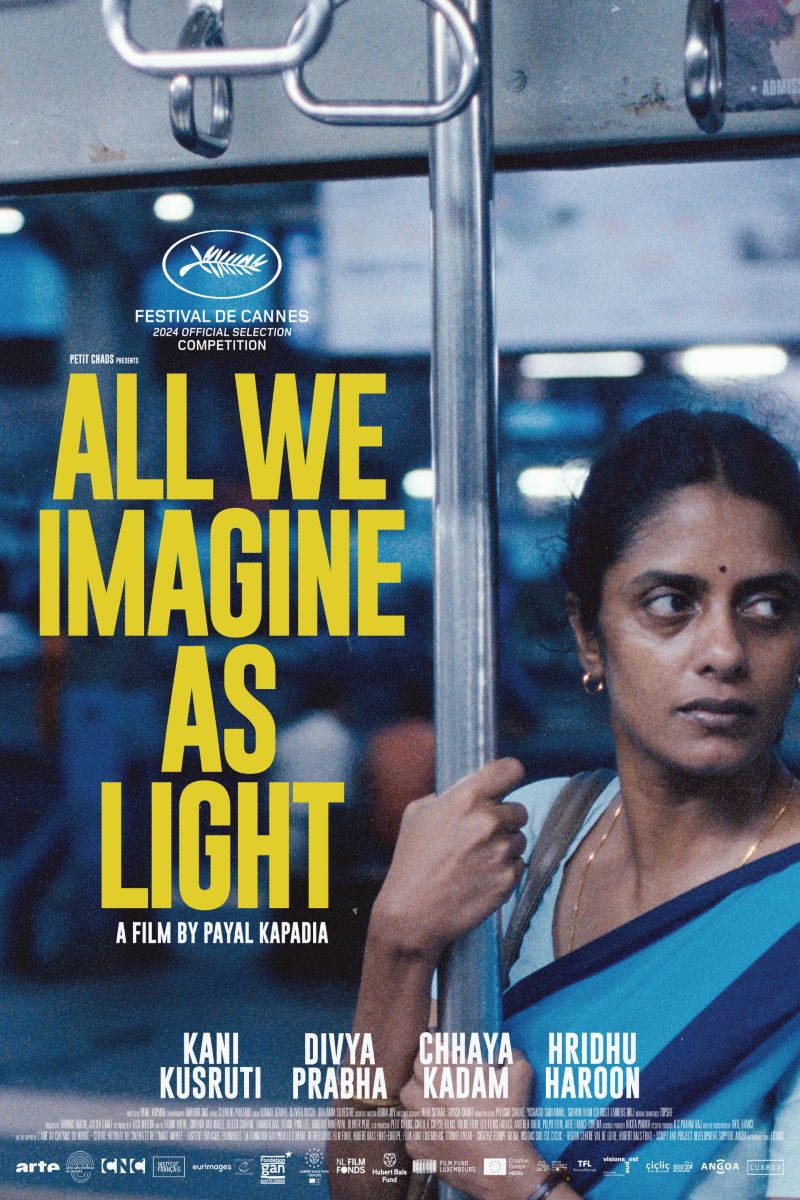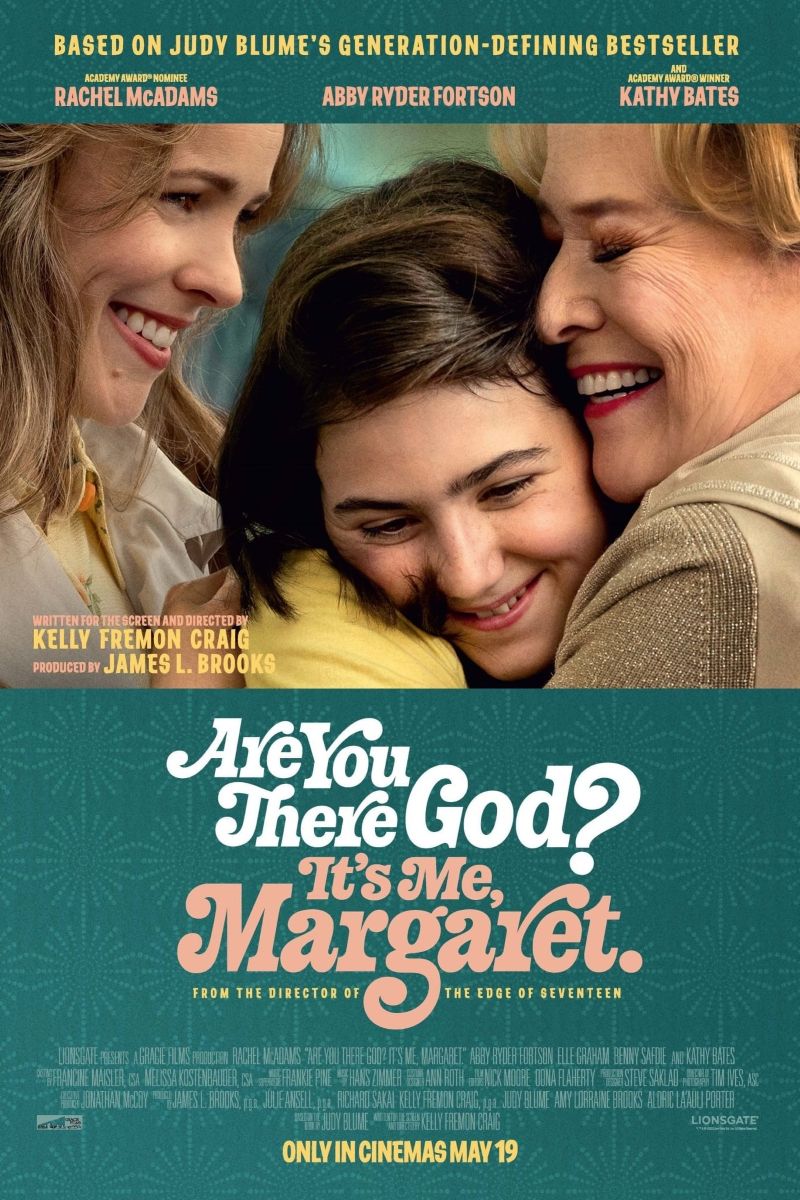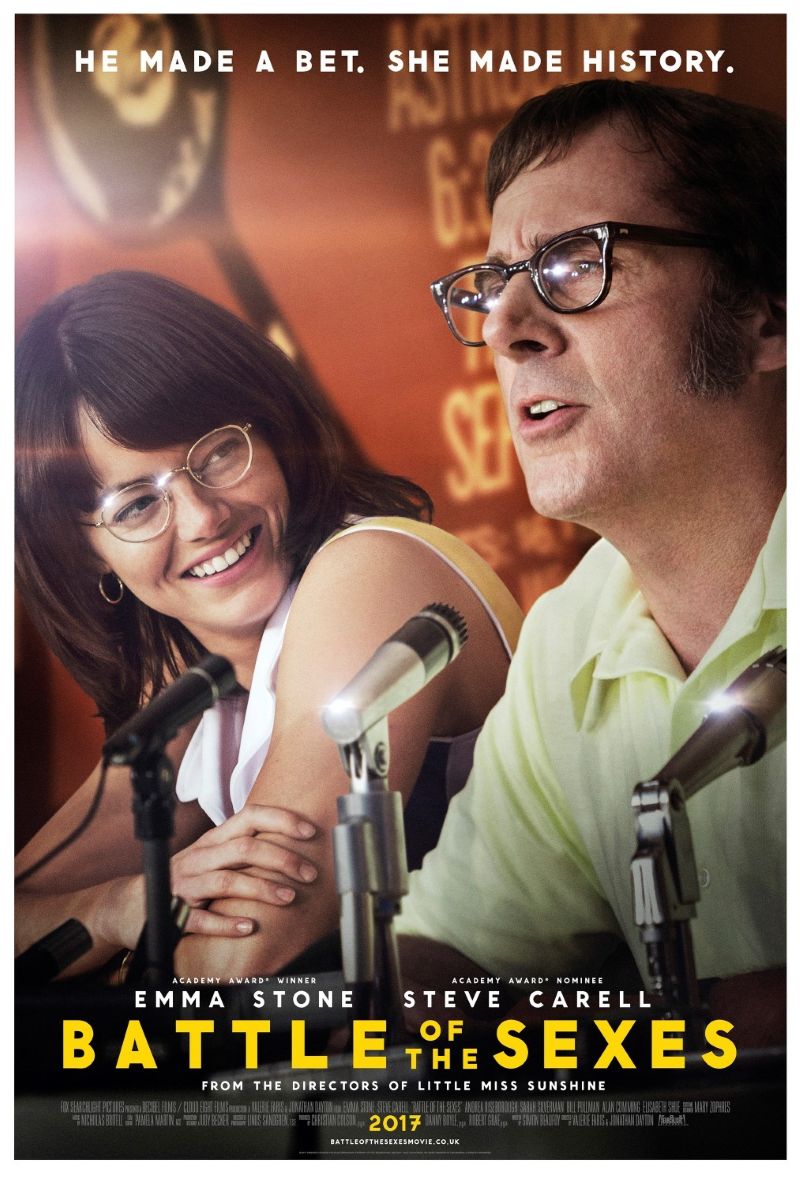
Battle of the Sexes
Battle of the Sexes
A biographical sports drama centered on the famous 1973 tennis match between Billie Jean King and Bobby Riggs. Emma Stone portrays tennis legend Billie Jean King, while Steve Carell plays former tennis champion Bobby Riggs. The film deeply explores crucial issues including sports equality, equal pay, women's rights, and LGBTQ+ identity, showcasing a historic showdown that changed both sports history and the trajectory of the women's rights movement.
Cast
Related Topics
🎥 Film Analysis & Review
Battle of the Sexes centers on the world-shaking tennis match of 1973, a “Battle of the Century” watched by 90 million viewers globally that stands not only as a sports history milestone but as an important symbol of the women’s rights movement and gender equality struggle. Through the seemingly entertainment-focused contest between Billie Jean King (Emma Stone) and Bobby Riggs (Steve Carell), the film profoundly reveals the deep contradictions in 1970s American society regarding gender, sexuality, and class, as well as how one woman shouldered the expectations and pressures of an entire gender group under public scrutiny.
From a sports equality perspective, Battle of the Sexes’ most important contribution lies in its in-depth exposure of systematic gender discrimination in athletics. Billie Jean King was not only an outstanding tennis player but a pioneer of sports equality movements. The film meticulously shows her arduous struggle for equal pay for female tennis players, including negotiations with the United States Tennis Association, organizing an independent women’s tennis tour, and enduring enormous pressure from media and public. At the time, tennis prize money exhibited severe gender disparities, with men’s championship prizes eight times larger than women’s—an inequality representing not just economic issues but systematic devaluation of women’s athletic worth.
Emma Stone’s performance demonstrates the complexity and multifaceted nature of Billie Jean King as a public figure. She’s both a steadfast feminist fighting tirelessly for women’s rights and an ordinary woman facing confusion and struggle in personal emotions. The film sensitively handles her same-sex emotional relationship with hairdresser Marilyn Barnett (Andrea Riseborough), showing how a public figure in the conservative social environment of the 1970s sought balance between professional responsibility and personal authenticity.
Steve Carell’s Bobby Riggs is a complex and contradictory character. Superficially, he represents male chauvinism, claiming men are naturally superior to women in sports; but the film also reveals his inner fragility and hunger for attention. Riggs’ provocative behavior partly stems from personal economic difficulties and desire to return to public view. This personal motivation intertwines with societal gender politics, giving the match deeper social significance.
The film’s recreation of 1970s American social context is excellent. This was an era of flourishing women’s rights movements, with the Equal Rights Amendment undergoing fierce debate across states as women began challenging traditional gender roles in various fields. Billie Jean King’s tennis achievements and social advocacy made her a symbolic figure of this era’s transformation, while her match with Riggs became a public display of old versus new ideology conflicts.
From an LGBTQ+ rights perspective, the film courageously explores Billie Jean King’s sexual orientation identity issues. In the 1970s, homosexual identity was an extremely sensitive topic, particularly for public figures. The film shows the genuine emotional relationship between her and Marilyn, and this relationship’s impact on her personal life and professional career. When their relationship was exposed by media, King faced not only invasion of personal privacy but concern that the entire women’s rights movement might be affected.
The film’s exploration of marriage and traditional family structures is also profound. The relationship between Billie Jean King and husband Larry (Austin Stowell) demonstrates traditional marriage institutions’ predicament when facing women’s self-awakening. Larry, as a relatively enlightened male, supports his wife’s career development, but when confronting her sexual orientation identity, their relationship faces unprecedented challenges. This portrayal avoids simple good-versus-bad dichotomies, instead presenting social change’s complex impact on personal relationships.
The film’s visual design precisely recreates 1970s atmosphere. From costume design to hair and makeup, from scene arrangement to color coordination, everything reflects that era’s characteristics. Particularly the tennis match scenes, which demonstrate both the intensity and excitement of sports while highlighting this match’s historical significance and social symbolism.
From a media criticism perspective, the film shows mass media’s important role in shaping public discourse. This match was packaged as entertainment, with media focus often concentrated on gender opposition’s dramatic aspects rather than the substantive content of women fighting for equal rights. The film reveals how media attracts audiences by simplifying complex social issues and how public figures struggle to convey their authentic messages under media manipulation.
The film’s portrayal of female solidarity and mutual support is also important. Billie Jean King was surrounded by a group of people supporting women’s tennis development, including coaches, agents, and other female athletes. The Women’s Tennis Association they collectively created was not only a business organization but a typical example of women’s collective action. This solidarity provided collective strength to support individual resistance.
The film’s historical significance lies in its documentation of an important social turning point. The 1973 match not only changed tennis development trajectory but promoted entire society’s discussion of gender equality issues. Billie Jean King’s victory proved women’s athletic capabilities while more importantly providing powerful symbolism and inspiration for women’s struggle for equal rights.
From a political consciousness perspective, the film shows how individuals assume historical responsibilities transcending the personal within the tide of times. Billie Jean King initially might have only wanted to become an excellent tennis player, but era’s needs made her a women’s rights movement leader. This transformation from personal achievement to social responsibility reflects the growth trajectory of many social change advocates.
The film’s treatment of male characters is also noteworthy. Besides Riggs as the main opponent, the film presents different types of male characters, from Larry who supports women’s equality to conservative tennis association officials. This diversified presentation avoids simply demonizing men, instead showing different male attitudes and choices during social transformation.
From a feminist film theory perspective, the film demonstrates how personal struggles become political statements. King’s fight for equal prize money represents broader struggles for workplace equality and recognition of women’s labor value that continue today across multiple industries.
The film’s exploration of authenticity versus public persona is particularly relevant in today’s social media age. King’s struggle to maintain her private self while fulfilling public expectations as a women’s rights symbol reflects ongoing tensions between personal identity and social responsibility.
The treatment of class dynamics is subtle but important. While both King and Riggs come from working-class backgrounds, their paths to fame and fortune differ significantly, with King using her platform for social change while Riggs seeks personal gain and attention.
The film’s soundtrack and period details create an immersive experience that helps contemporary audiences understand the social and cultural context that made this match so significant. The attention to authentic 1970s details reinforces the film’s themes about how far society has come and how far it still needs to go.
Ultimately, Battle of the Sexes’ value lies in its profound documentation of a historical turning point and nuanced presentation of the women’s rights movement’s complexity. Through Billie Jean King’s story, the film demonstrates that achieving gender equality requires not only personal courage but collective action, media strategy, and sustained social mobilization. It reminds us that the gender equality achievements we enjoy today came from previous generations of women’s arduous struggles, and these struggles continue in different forms. Simultaneously, the film proves sports’ important role as a platform for social change—a seemingly simple match can become a powerful force for promoting social progress. Against today’s backdrop where women still fight for true equality in various fields, this film provides valuable historical experience and ongoing inspiration.
🏆 Awards & Recognition
- • Golden Globe Best Actress Nomination
- • Golden Globe Best Actor Nomination
- • Critics Choice Award Best Actress Nomination
- • Screen Actors Guild Award Nomination
⭐ Ratings & Links
Related Recommendations
Comments & Discussion
Discuss this video with other viewers
Join the Discussion
Discuss this video with other viewers
Loading comments...
